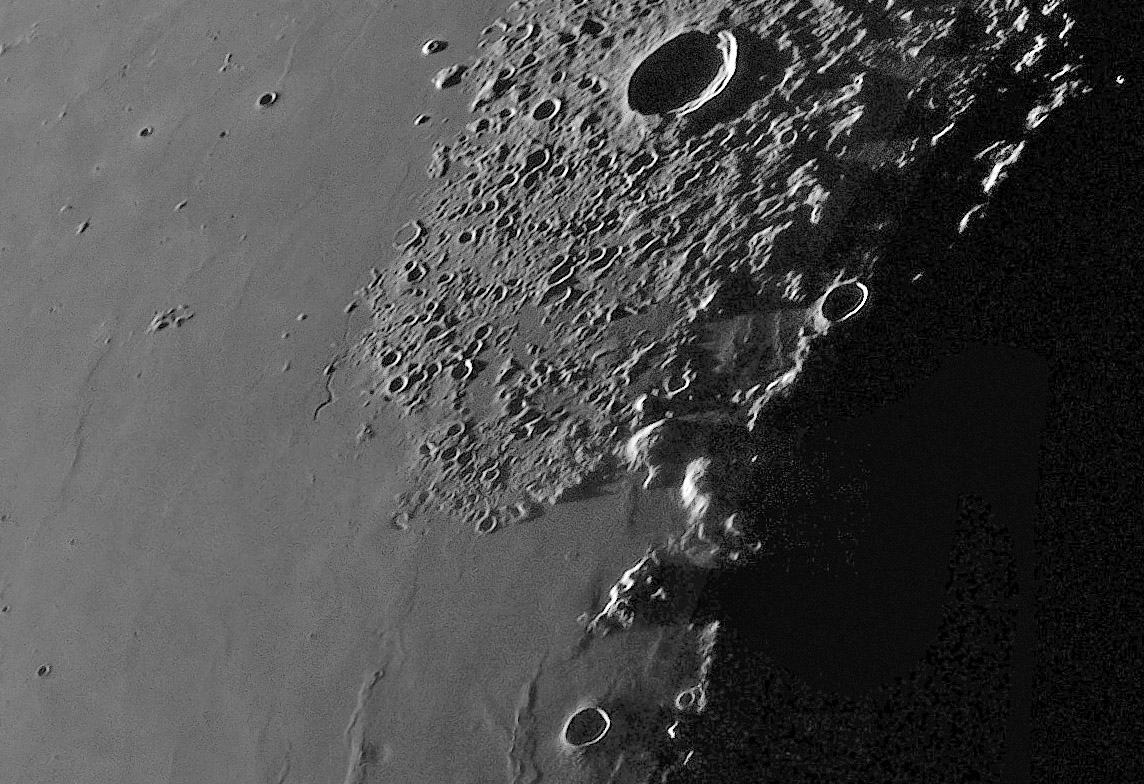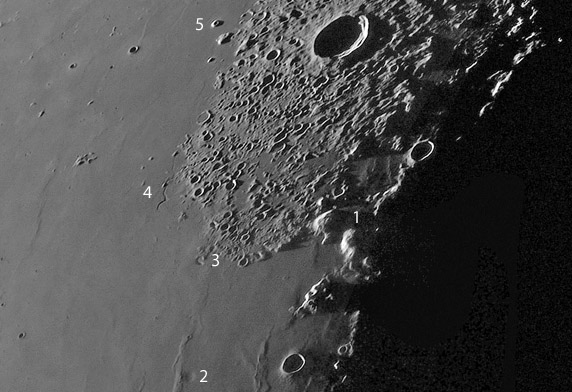Difference between revisions of "October 3, 2010"
| Line 3: | Line 3: | ||
<!-- ws:start:WikiTextHeadingRule:1:<h1> --> | <!-- ws:start:WikiTextHeadingRule:1:<h1> --> | ||
<!-- ws:start:WikiTextLocalImageRule:16:<img src="/file/view/LPOD-Oct3-10.jpg/167279467/LPOD-Oct3-10.jpg" alt="" title="" /> -->[[File:LPOD-Oct3-10.jpg|LPOD-Oct3-10.jpg]]<!-- ws:end:WikiTextLocalImageRule:16 --><br /> | <!-- ws:start:WikiTextLocalImageRule:16:<img src="/file/view/LPOD-Oct3-10.jpg/167279467/LPOD-Oct3-10.jpg" alt="" title="" /> -->[[File:LPOD-Oct3-10.jpg|LPOD-Oct3-10.jpg]]<!-- ws:end:WikiTextLocalImageRule:16 --><br /> | ||
| − | <em>image by [mailto:slamm@blueyonder.co.uk | + | <em>image by [mailto:slamm@blueyonder.co.uk Stefan Lammel], England</em><br /> |
<br /> | <br /> | ||
| − | This excerpt from one of Stefan's large [http://www.pbase.com/slammel/image/128455304/original | + | This excerpt from one of Stefan's large [http://www.pbase.com/slammel/image/128455304/original mosaics] contrasts the northern Procellarum volcanic landscape with the crater scarred ejecta blanket of Sinus Iridum. The most conspicuous volcanic landform is the widespread and smooth plains of Oceanus Procellarum. But five smaller volcanic features are more fascinating. Easiest to see ae the two Gruithuisen domes (1) near center-right. These are steep-sided domes, and in this lighting the edges are bright and fibrous as if they were taffy and had been pulled up away from the mare surface. Right along the bottom center edge is a smaller smooth walled depression (2), presumably resulting from the covering of an impact crater by Procellarum's lavas - this looks like the saucers in Ptolemaeus. Harder to see near the middle of the image is a curved, rimless depression (3) which is the source area for the famous twisted rille best seen on orbital imagery. Moving up along the edge of ejecta blanket is the widest and most visible section of the [http://the-moon.wikispaces.com/Rima+Mairan Mairan Rille] (4). Finally, at the top center is the strange volcano Mairan T (5). This is one of the larger volcanic cones on the Moon ([http://www.lpi.usra.edu/decadal/leag/SarahEBraden.pdf 7 km wide and 900 m high]) and is unusual because of its steep sides. Unfortunately, the small size of these volcanic features makes them hard to image and nearly impossible to detect visually - I have only observed the Gruithuisen domes at the eyepiece.<br /> |
<br /> | <br /> | ||
| − | <em>[mailto:tychocrater@yahoo.com | + | <em>[mailto:tychocrater@yahoo.com Chuck Wood]</em><br /> |
<br /> | <br /> | ||
<!-- ws:start:WikiTextLocalImageRule:17:<img src="/file/view/LPOD-Oct3-10b.jpg/167282363/LPOD-Oct3-10b.jpg" alt="" title="" /> -->[[File:LPOD-Oct3-10b.jpg|LPOD-Oct3-10b.jpg]]<!-- ws:end:WikiTextLocalImageRule:17 --><br /> | <!-- ws:start:WikiTextLocalImageRule:17:<img src="/file/view/LPOD-Oct3-10b.jpg/167282363/LPOD-Oct3-10b.jpg" alt="" title="" /> -->[[File:LPOD-Oct3-10b.jpg|LPOD-Oct3-10b.jpg]]<!-- ws:end:WikiTextLocalImageRule:17 --><br /> | ||
| Line 17: | Line 17: | ||
<br /> | <br /> | ||
<hr /> | <hr /> | ||
| − | <div>You can support LPOD when you buy any book from Amazon thru [http://www.lpod.org/?page_id=591 | + | <div>You can support LPOD when you buy any book from Amazon thru [http://www.lpod.org/?page_id=591 LPOD!]<br /> |
</div> | </div> | ||
---- | ---- | ||
===COMMENTS?=== | ===COMMENTS?=== | ||
| − | + | Register, and click on the <b>Discussion</b> tab at the top of the page. | |
Revision as of 17:25, 11 January 2015
Tiny Volcanic Features

image by Stefan Lammel, England
This excerpt from one of Stefan's large mosaics contrasts the northern Procellarum volcanic landscape with the crater scarred ejecta blanket of Sinus Iridum. The most conspicuous volcanic landform is the widespread and smooth plains of Oceanus Procellarum. But five smaller volcanic features are more fascinating. Easiest to see ae the two Gruithuisen domes (1) near center-right. These are steep-sided domes, and in this lighting the edges are bright and fibrous as if they were taffy and had been pulled up away from the mare surface. Right along the bottom center edge is a smaller smooth walled depression (2), presumably resulting from the covering of an impact crater by Procellarum's lavas - this looks like the saucers in Ptolemaeus. Harder to see near the middle of the image is a curved, rimless depression (3) which is the source area for the famous twisted rille best seen on orbital imagery. Moving up along the edge of ejecta blanket is the widest and most visible section of the Mairan Rille (4). Finally, at the top center is the strange volcano Mairan T (5). This is one of the larger volcanic cones on the Moon (7 km wide and 900 m high) and is unusual because of its steep sides. Unfortunately, the small size of these volcanic features makes them hard to image and nearly impossible to detect visually - I have only observed the Gruithuisen domes at the eyepiece.
Chuck Wood

Technical Details
04-Sept-10 03:58-05:12UT. 10in f4.8 Newtonian, Infinity 2-1M, 5x Powermate, Baader green filter, Avistack, PSE5, Focus Magic
Related Links
Rükl plate 9
COMMENTS?
Register, and click on the Discussion tab at the top of the page.



